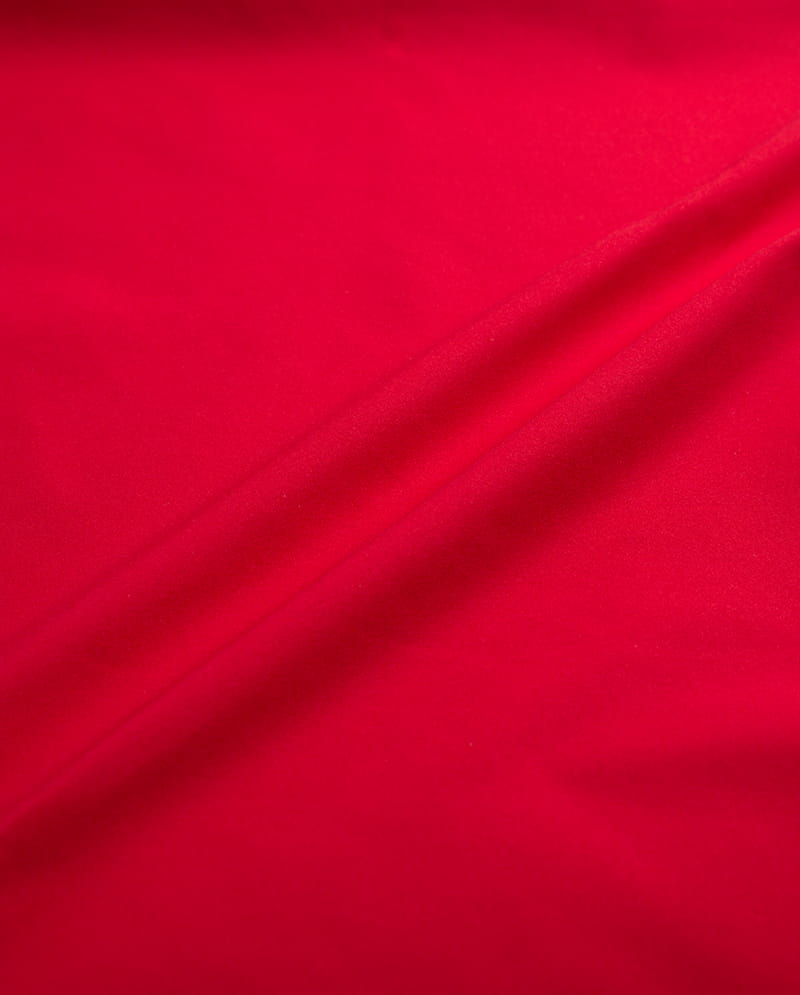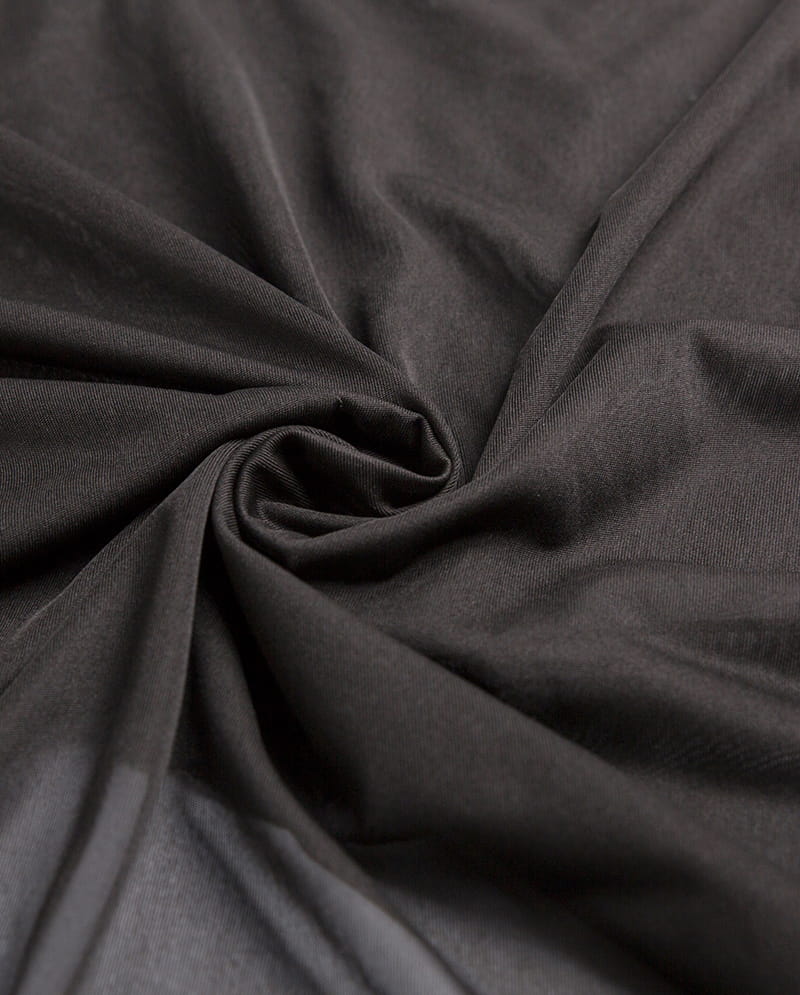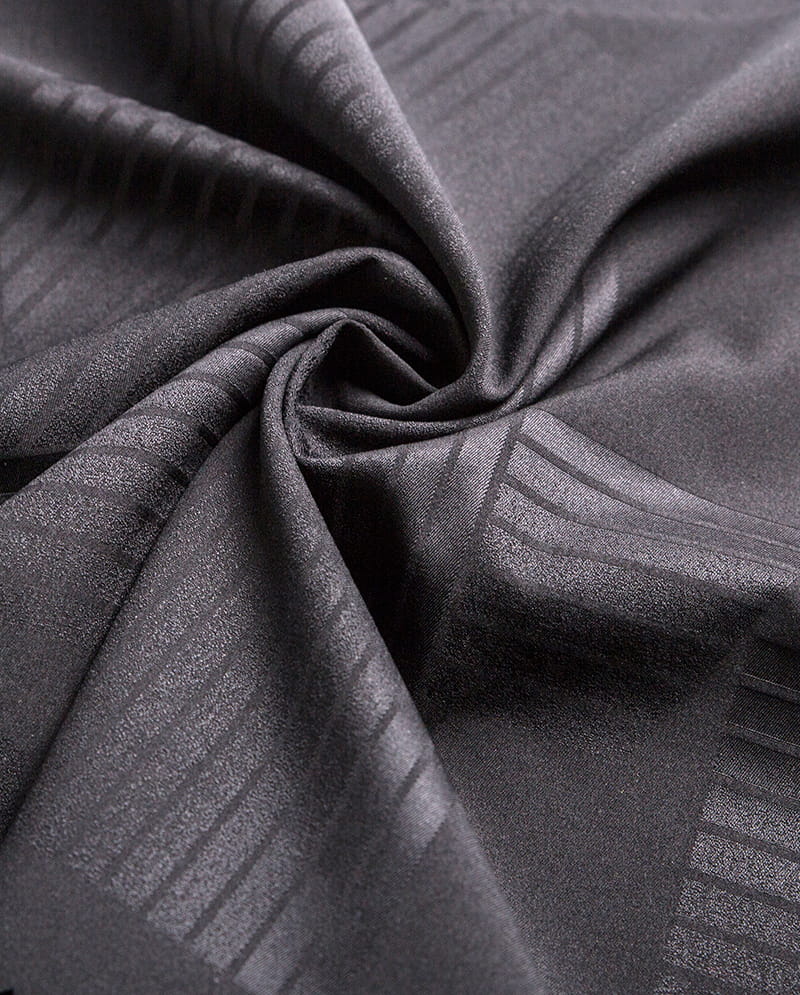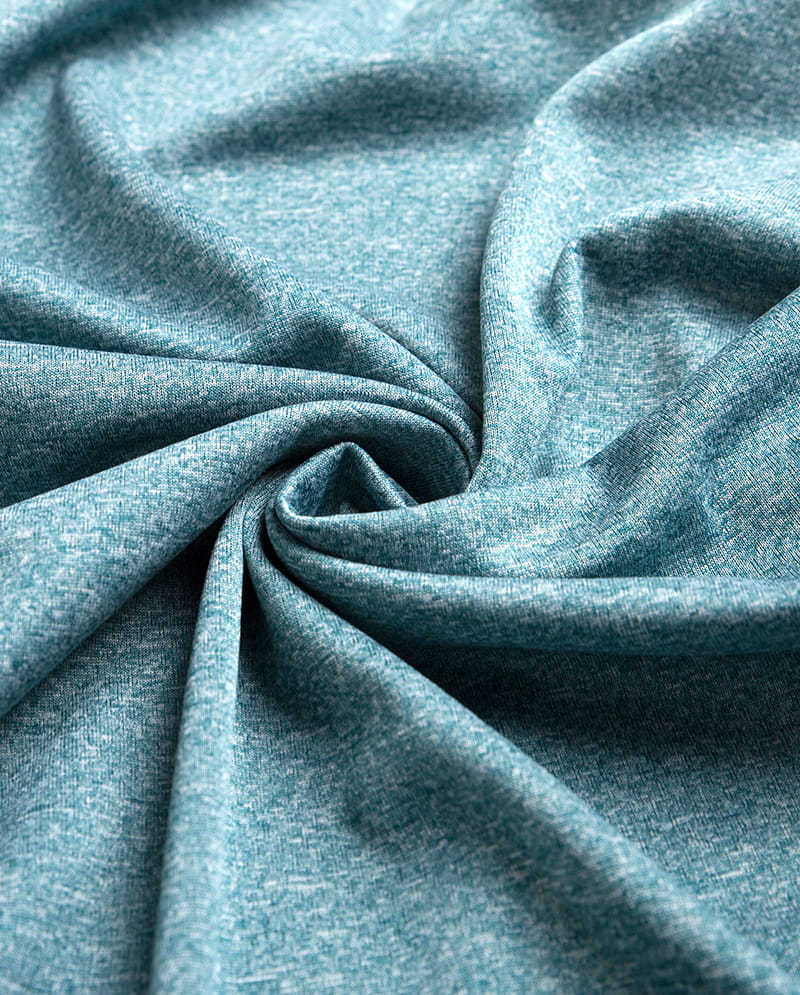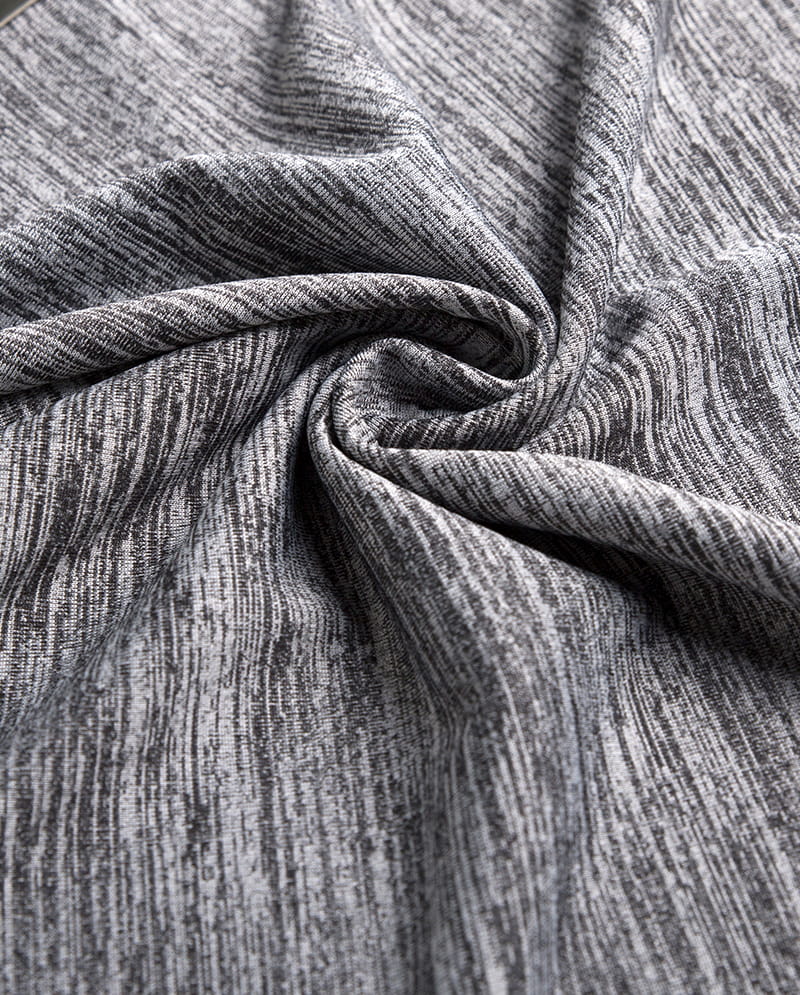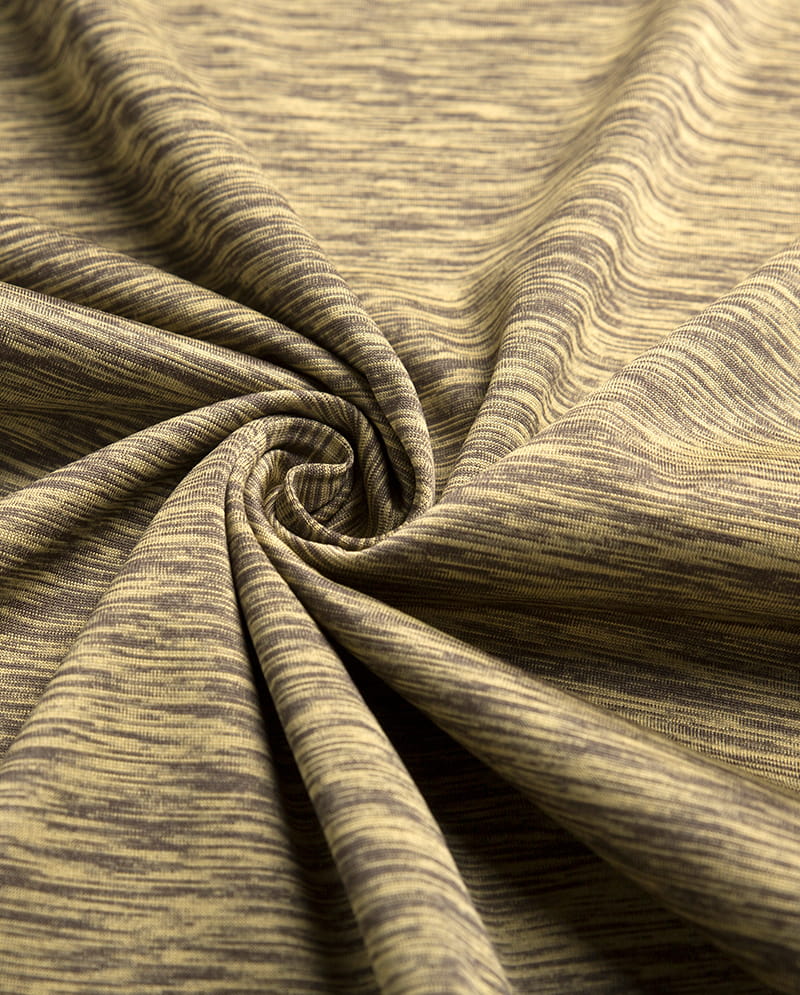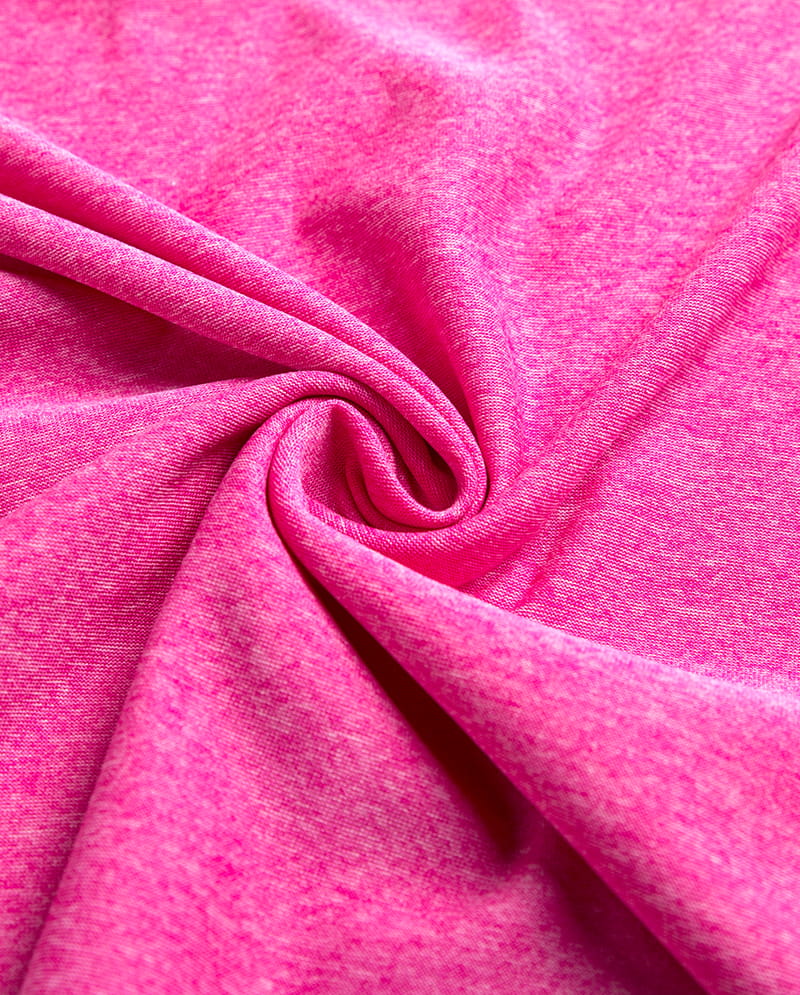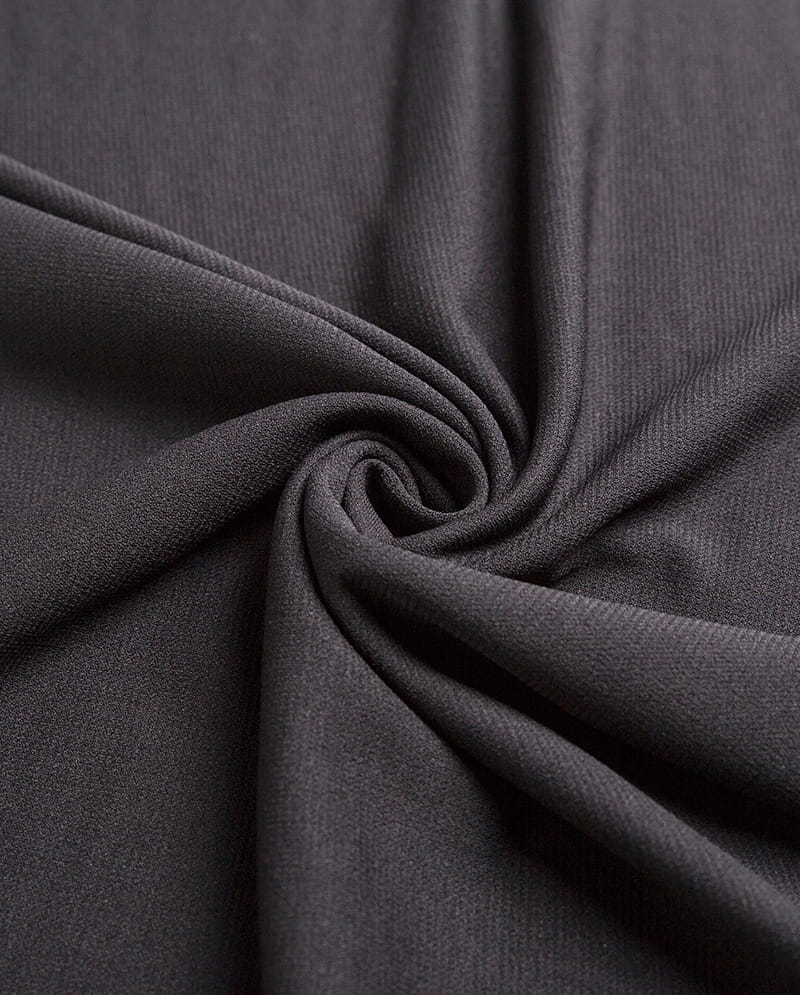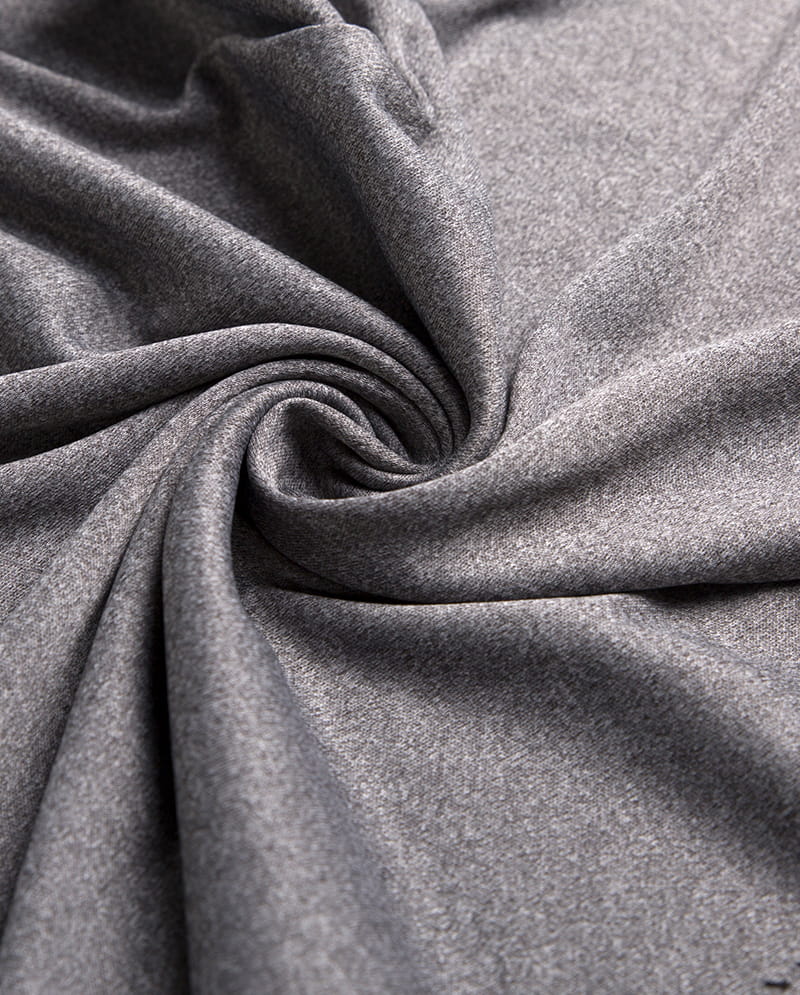What is the fabric structure of knitted fabric?
Author: admin / 2023-09-28
The fabric structure of knitted fabric is fundamentally different from that of woven fabric. Knitted fabric is created by interlocking loops of yarn, resulting in a fabric with distinct properties. Here's an overview of the fabric structure of knitted fabric:
Interlocking Loops:Knitted fabric is formed by a series of interconnected loops of yarn. Each loop is linked to the loops above and below it, creating a continuous chain of loops across rows and columns.
Warp and Weft: Unlike woven fabric, which is constructed from two sets of perpendicular yarns called the warp and weft, knitted fabric does not have a warp and weft. Instead, it is made solely from a single yarn or a combination of yarns that are looped together.
Versatile Stitch Patterns: The specific arrangement and manipulation of these loops create various stitch patterns and textures in knitted fabric. Common knitting stitches include the knit stitch (also known as the plain stitch), purl stitch, ribbing, cables, and lace patterns.
Two-Way Stretch: Knitted fabric typically exhibits a two-way stretch, meaning it can stretch both horizontally (across the width) and vertically (along the length). This stretchiness is a result of the interconnected loops and contributes to the fabric's flexibility and comfort.
Elongation and Recovery: Knitted fabric has a natural elasticity, which allows it to elongate when stretched and recover its original shape when the stretching force is released. This property is especially advantageous for garments that need to conform to the body's movements.
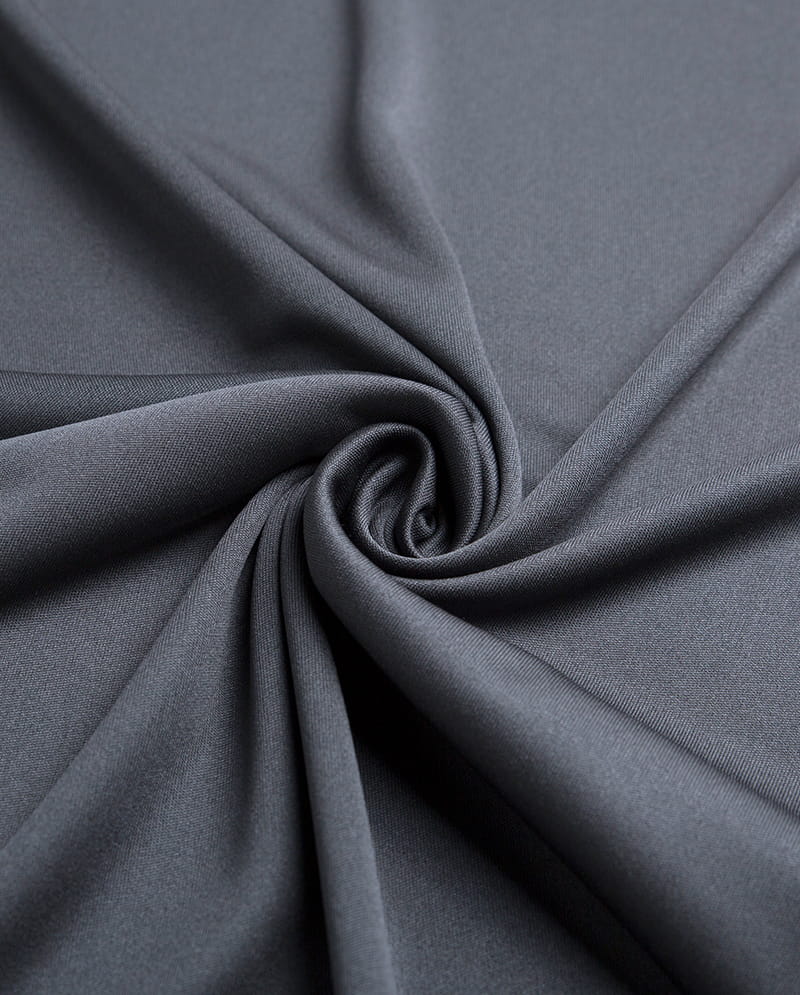

Open Spaces: The interlocking loops in knitted fabric create open spaces or gaps between the loops. These spaces can vary in size depending on the knitting technique and stitch pattern used. The presence of open spaces contributes to the breathability and lightweight nature of knitted fabrics.
Thickness and Density: The thickness and density of knitted fabric can be controlled by adjusting factors such as the gauge (the number of stitches and rows per inch), yarn weight, and tension during knitting. This flexibility allows for the creation of fabrics ranging from fine and lightweight to bulky and warm.
Seams: Knitted fabric can be constructed seamlessly, meaning that garments can be knitted in one piece with minimal or no seams. However, when seams are required, they are typically created by sewing or grafting together the edges of the fabric.
The fabric structure of knitted fabric is characterized by interlocking loops of yarn that result in a highly versatile and stretchable material. This structure allows for a wide range of textures and properties, making knitted fabric suitable for various applications in the fashion, textile, and apparel industries.

 English
English 中文简体
中文简体